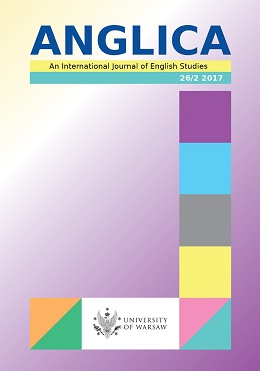Lying and Misleading within the Philosophy of Language:
A Relevance-Theoretic Perspective
Lying and Misleading within the Philosophy of Language:
A Relevance-Theoretic Perspective
Author(s): Marta Kisielewska-KrysiukSubject(s): Theoretical Linguistics, Applied Linguistics
Published by: Instytut Anglistyki Uniwersytetu Warszawskiego
Keywords: lying; misleading
Summary/Abstract: The aim of the paper is to examine the lying/misleading distinction from a relevance-theoretic perspective (cf. Sperber and Wilson [1986] 1995; 2004; Wilson and Sperber 2002; 2012). On standard accounts, the distinction is drawn parallel to the saying/implicating distinction. ‘What is said’, rooted in Grice (1975), has been subject to extensive discussion and numerous reanalyses under a variety of terms (see, for example, Recanati 1993; Bach 1994; Carston 2002), but no agreement has been reached as to the content of ‘what is said’ and the borderline between ‘what is said’ and ‘what is implicated’. Accordingly, within the philosophy of language the attempts to capture the lying/misleading distinction (Meibauer 2005; 2011; 2014ab; Saul 2012ab; Stokke 2013; 2016) rely on different notions of ‘what is said’. The paper is an attempt to take a stance in the debate on the distinction under discussion from the perspective of Relevance Theory (Sperber and Wilson [1986] 1995; 2004; Wilson and Sperber 2012), which is a cognitive extension and modification of Gricean model of communication and has been seriously concerned with the elaborated concept of what is said, known as ‘explicature’. One of our goals is to see how the relevance-theoretic understanding of “what is said” (Carston 2002; 2009; 2010; Carston and Hall 2012) affects the lying/misleading distinction, and the other way round. In an attempt to provide ground for the relevance-theoretic account, a critical overview and comparison of the existing approaches to lying and misleading is also presented.
Journal: ANGLICA - An International Journal of English Studies
- Issue Year: 26/2017
- Issue No: 2
- Page Range: 79-100
- Page Count: 22
- Language: English

